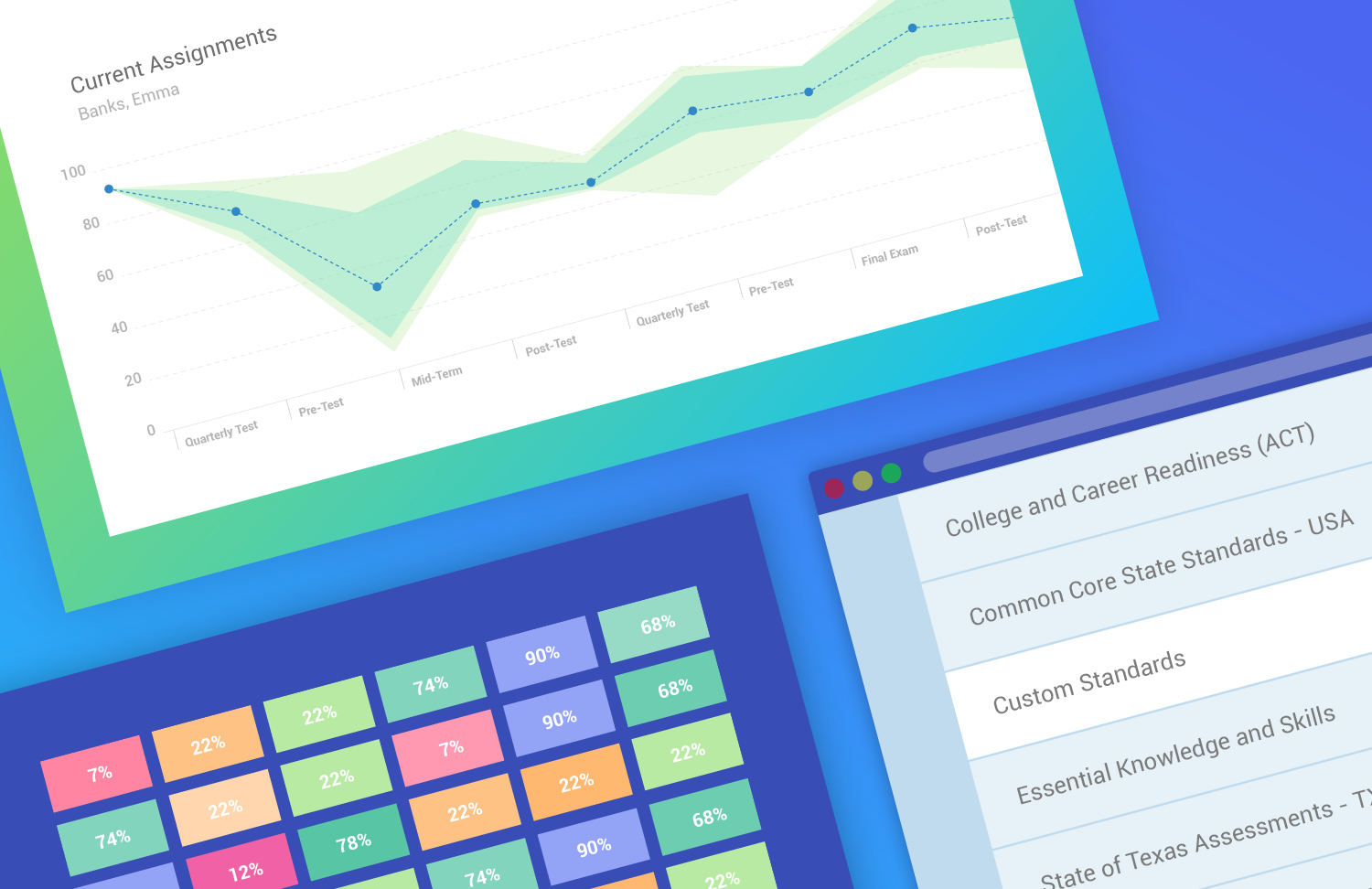What is a Standards-Based Assessment?


Assessing the quality of student work is a crucial part of a teacher’s role as a professional. Not only is it important to evaluate students’ work accurately, but it is also vital to offer students feedback so that they can improve their academic skills and performance.

Unfortunately, the field of assessment is crowded and often confusing to teachers. After all, there are outside assessments — for example, standardized tests coming from the state or the district — that teachers and students may not fully understand. In addition, there are long-standing beliefs that assessment and grading go hand in hand, and therefore effort and other factors that are harder to measure sometimes get in the way. Even rubrics that teachers create have their limitations because they are often connected directly with individual assignments, making it difficult to see growth over time.
What is the purpose of Standards-Based Assessments?
Standards-based assessment is meant to offer a way that teachers can identify the skills that matter most, can evaluate student work fairly, can give feedback to students that is helpful and actionable, and can use data to revise upcoming lessons to meet their students’ needs.
If you’re a teacher who would like to build your practice in standards-based assessment, the most important step is to identify the desired results you have for your students. By the end of your course, what do you want them to know and be able to do? Are these desired results visible, measurable, and actionable? Most importantly, why did you choose these skills over other potential skills?
It is best practice to do this work of identifying desired results with a team of teachers that share your course or grade level. That way, the work is more collaborative and will generate more consistent, powerful outcomes at your school.
The desired results that you select for your students can also be called “standards.” When you are assessing student work based on standards, rather than other factors like effort, that can be called “standards-based assessment.”
How do you create a Standards-Based Assessment?
When selecting your standards, it is important to keep in mind the following:
1. Common Core State Standards.
In most states and communities, teachers are expected to prepare their students to become proficient in the Common Core. One way to adopt standards-based assessment is to look first at these standards.
2. Your school’s graduate profile.
Most schools have “expected school-wide learning results” that are tailored to their students and their communities. These standards apply to all students and define what the school wants to see out of their graduates. Your standards-based assessment system can emerge from this graduate profile.
3. Your own values as an educator.
You are a professional, and learning happens with you in your classroom. Therefore it is important for you to check in with what you think is best for your students and to incorporate those values into your assessment system.
After completing these three steps, step back and consider how to organize the desired student results in a way that makes sense and is not overwhelming to you, your students, or their parents. After all, this list of standards is a statement about what you believe in; therefore, it should make sense, be easy to understand, and fit all on one page.
One of the biggest pitfalls to standards-based assessment is when the list of skills is filled with jargon, or when the list of skills seems interminable. After all, when you’re giving out an assignment, how to do well shouldn’t be a mystery. Furthermore, when you’re looking at student work, the process shouldn’t take forever.
By shifting to standards-based assessment, you can be more confident that the work you’re doing in the classroom is directly tied to what’s most important. A strong feedback loop can also develop between you and your students, allowing them to revise and improve their work more deeply and effectively. Finally, standard-based assessment offers an opportunity to build a stronger foundation and core for teaching and learning.




